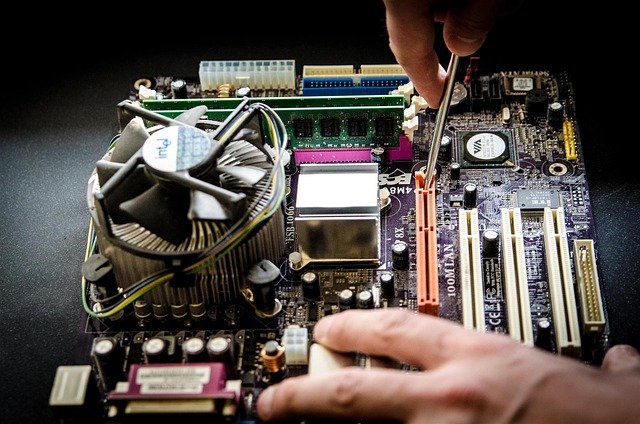Verifying component compatibility before system upgrades
Upgrading a computer can extend its useful life, improve performance, and enable new features, but incorrect component choices lead to instability or damage. Verifying compatibility involves understanding physical fit, electrical requirements, firmware and driver support, and how parts interact thermally and electrically. Taking a systematic approach reduces risk and ensures a smoother upgrade process.

Upgrading a system requires more than picking parts that look faster on paper. Successful upgrades balance physical dimensions, power and data interfaces, firmware and driver support, and the platform’s long-term maintenance needs. A methodical checklist reduces surprises: verify socket and slot fit, confirm power and cooling margins, check firmware and driver availability, and consider how new parts will interact with existing hardware and software.
How to check hardware and motherboard compatibility?
Start by identifying your motherboard model and BIOS/UEFI version. Check the motherboard’s CPU socket compatibility list and supported chipset features. Confirm that expansion slots match your intended devices (PCIe generation and lane counts matter for GPUs and NVMe adapters). Physical clearance is often overlooked: measure space for large coolers, long GPUs, and multi-slot cards. Also review BIOS updates notes to see if newer CPUs or device classes are explicitly supported.
What to verify for memory and storage upgrades?
For memory, confirm supported DDR generation, speed ranges, module density, and whether the board supports dual- or quad-channel configurations. Mixing different module sizes or timings can work but may reduce performance or stability. For storage, match interface types: SATA, M.2 SATA, or NVMe PCIe lanes. Ensure the motherboard has free M.2 slots with the correct keying and that any thermal pads or heatsinks are compatible with your drive’s dimensions and heat output.
How do GPU and PSU compatibility relate?
GPUs require attention to both physical fit and power delivery. Check card length, height, and required slot width against your case and motherboard placement. Confirm the PSU’s wattage and, more importantly, its rail capacities and available power connectors (6-pin, 8-pin, or PCIe auxiliary). Consider peak draw under load and whether your PSU is of sufficient quality and age; voltage stability matters for sensitive components. If using multiple GPUs or power-hungry cards, verify case airflow and connector availability.
Why firmware, drivers, and diagnostics matter?
Firmware (BIOS/UEFI and device firmware) and drivers enable hardware to function correctly with your operating system. Before upgrading, review vendor pages for BIOS updates that add support for new CPUs, memory profiles, or storage standards. Confirm that driver updates exist for your OS version for components such as GPUs, NICs, and storage controllers. After installation, run diagnostics—memory tests, SMART checks for drives, and vendor utilities—to validate stability and identify early issues.
How to assess thermal, cooling, and benchmarking needs?
Upgraded components often change thermal profiles. GPUs and faster CPUs may require improved case airflow, larger heatsinks, or better fans. Measure case intake and exhaust paths and consider fan curves and dust filters. After installing, monitor temperatures under real workloads and run benchmarking tools that stress CPU, GPU, storage, and memory individually. Compare results to expected operating ranges and use thermal throttling as an indicator that cooling or configuration must be improved.
What networking, troubleshooting, and maintenance steps help?
Upgrades can expose software or network configuration gaps. For networking hardware, confirm interface speeds (1 GbE, 2.5/10 GbE) and driver compatibility with routers or managed switches. If issues appear post-upgrade, use a structured troubleshooting approach: isolate new hardware by testing it in a known-good system or using known-good components in your system, review device manager or system logs for errors, and revert to earlier firmware/drivers if regressions occur. Establish a maintenance routine that includes firmware and driver checks, routine diagnostics, and backups before major changes.
Compatibility checks reduce the likelihood of instability, hardware conflicts, and poor performance. Document your current configuration, research part specifications from manufacturer resources, and prioritize firmware and driver readiness. Testing in stages—installing one major component at a time and validating system behavior—lets you spot issues early and rollback safely.
Conclusion A successful system upgrade is the result of careful verification across physical fit, electrical requirements, firmware and driver support, thermals, and system diagnostics. Planning, staged testing, and routine maintenance help ensure new components integrate smoothly with existing hardware and software environments.





